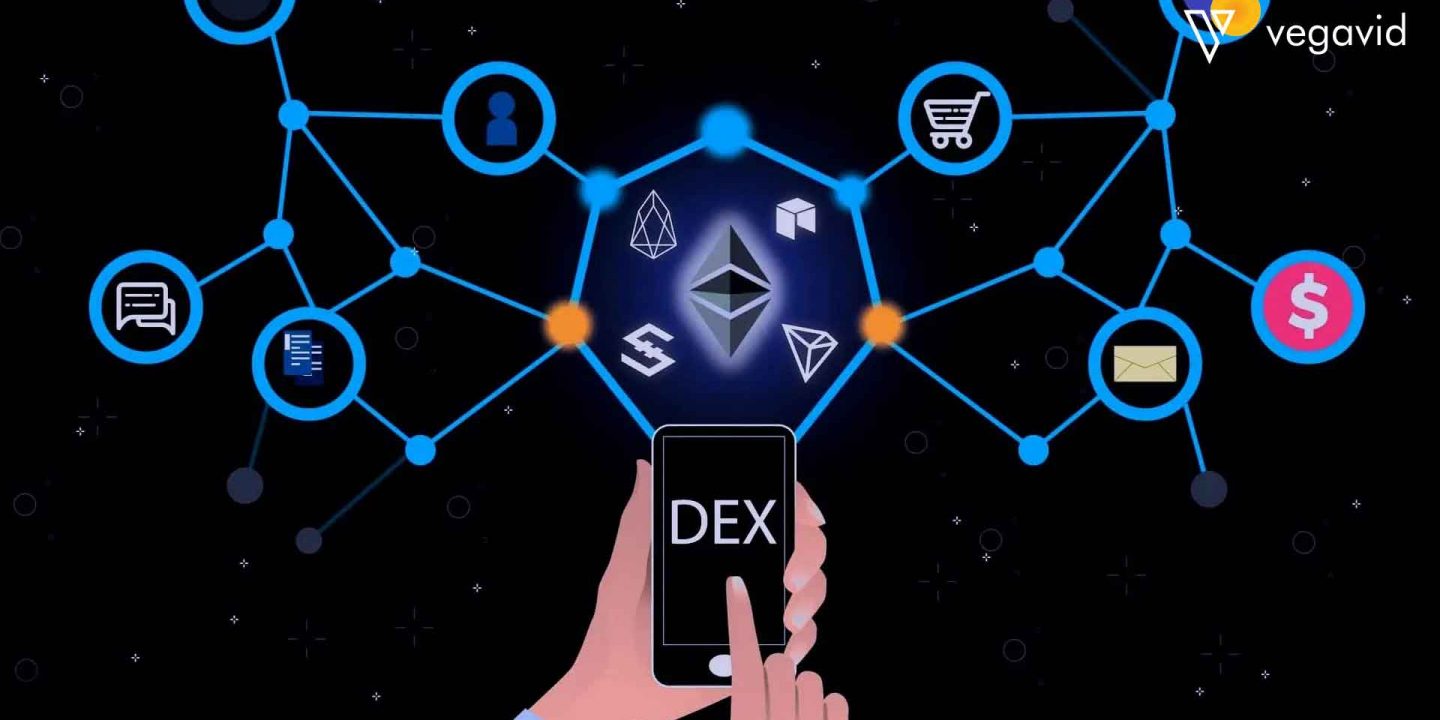The Future Of Blockchain In Decentralized Applications Dapps
Imagine a world where you have complete control over your digital identity and data. A world where you can interact with online services without having to rely on intermediaries. A world where transparency, security, and decentralization are the norm. Welcome to the future of blockchain in decentralized applications, or dApps.

- Uncovering The Pulse Of The Market: Essential Crypto Tools For Sentiment Analysis
- Unlocking The Power Of Decentralized Finance: A Beginner’s Guide To Unique Cryptocurrencies And Peer-to-Peer Lending
- Dipping Your Toe In The Crypto Waters: A Beginner’s Guide To Investing In Bitcoin With Minimal Risk
- What Is A Digital Identity In Blockchain And How Does It Work
- The Dawn Of A New Financial Paradigm
The rise of blockchain technology has brought about a seismic shift in the way we think about online interactions. At its core, blockchain is a decentralized ledger that records transactions across a network of computers. This ledger is transparent, immutable, and secure, making it an ideal foundation for a wide range of applications. And that’s exactly what we’re seeing with the development of dApps.
In the world of dApps, users aren’t just passive consumers; they’re active participants. They have complete control over their data, and they’re free to interact with online services without having to rely on intermediaries. Take, for example, social media platforms. Traditional social media platforms are centralized, meaning that a single company owns and controls the data. But with dApps, social media platforms can be decentralized, giving users complete control over their data and online interactions.
But dApps aren’t just limited to social media. They have the potential to disrupt a wide range of industries, from finance to healthcare. In finance, dApps can provide secure, transparent, and decentralized alternatives to traditional banking systems. In healthcare, dApps can provide secure and decentralized storage for medical records, giving patients complete control over their medical history.
So, what’s driving the growth of dApps? There are several key factors at play here. One of the main drivers is the increasing adoption of blockchain technology. As more and more companies begin to explore the potential of blockchain, we’re seeing a corresponding increase in the development of dApps. Another key driver is the growing demand for decentralization. As users become increasingly aware of the risks associated with centralized systems, they’re beginning to look for alternatives. And that’s exactly what dApps provide – secure, transparent, and decentralized alternatives to traditional online services.
But despite the many benefits of dApps, there are still some significant challenges to overcome. One of the main challenges is scalability. As the number of users on a dApp increases, the network can become congested, leading to slow transaction times and high fees. Another challenge is usability. Many dApps are still in the early stages of development, and they often require a high degree of technical expertise to use. But as the technology continues to evolve, we’re seeing significant improvements in both scalability and usability.
In the not-too-distant future, we can expect to see dApps become an integral part of our online lives. We’ll see the development of decentralized social media platforms, secure and transparent alternatives to traditional banking systems, and decentralized storage solutions for sensitive data. And as the technology continues to evolve, we can expect to see even more innovative applications of dApps.
The future of blockchain in dApps is exciting, but it’s not without its challenges. However, as the technology continues to evolve and mature, we can expect to see significant improvements in scalability, usability, and adoption. And as we move forward, we’ll begin to see the true potential of dApps – secure, transparent, and decentralized alternatives to traditional online services. The future of the internet is decentralized, and dApps are leading the way.
The rise of dApps will also lead to new business models and revenue streams. Developers will be able to monetize their dApps through various means, such as transaction fees, advertising, and sponsored content. This will create new opportunities for entrepreneurs and startups to build successful businesses around dApps.
In addition, dApps will also lead to new forms of digital ownership and asset management. With the ability to create and manage digital assets on a blockchain, dApps will enable new forms of ownership and investment. This will create new opportunities for artists, musicians, and other creatives to monetize their digital assets.
In conclusion, the future of blockchain in dApps is exciting and full of possibilities. As the technology continues to evolve and mature, we can expect to see significant improvements in scalability, usability, and adoption. And as we move forward, we’ll begin to see the true potential of dApps – secure, transparent, and decentralized alternatives to traditional online services. The future of the internet is decentralized, and dApps are leading the way.
